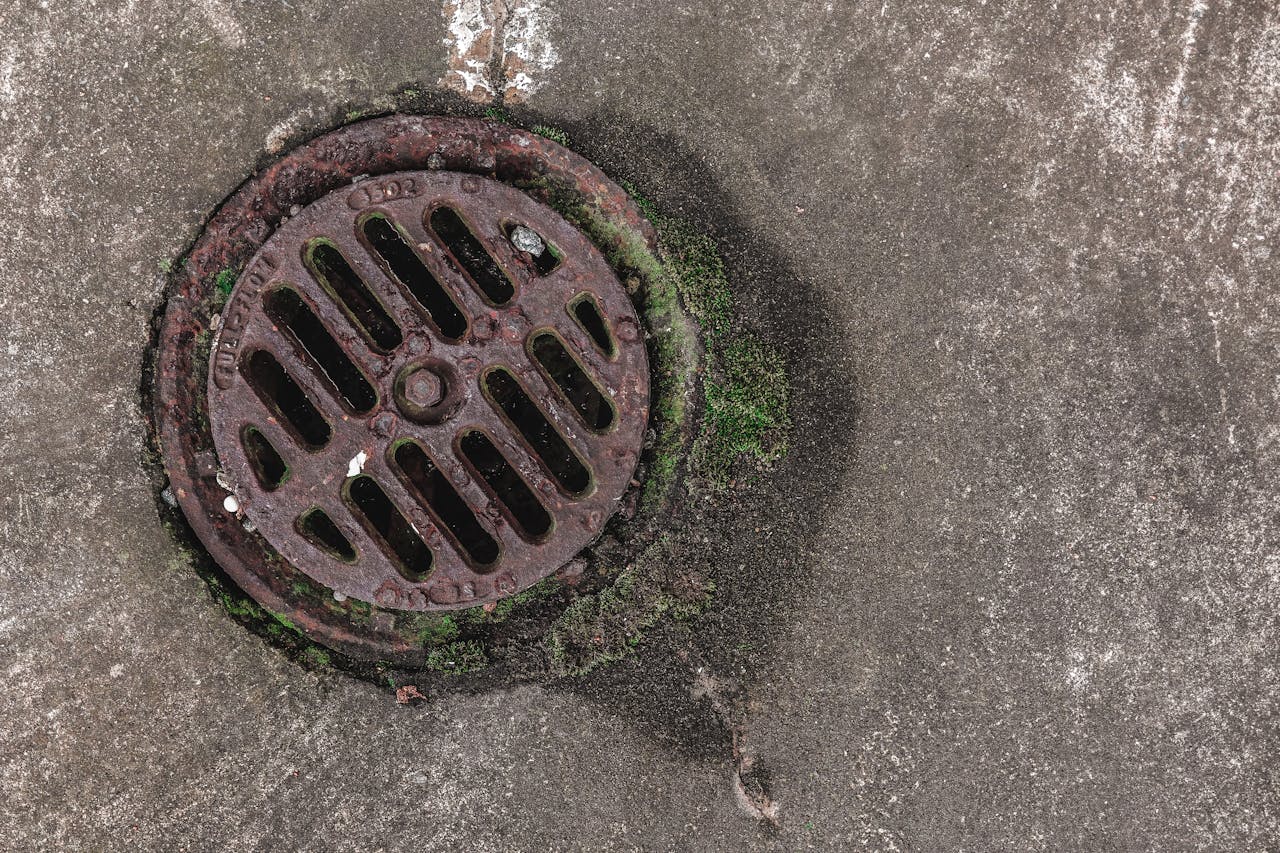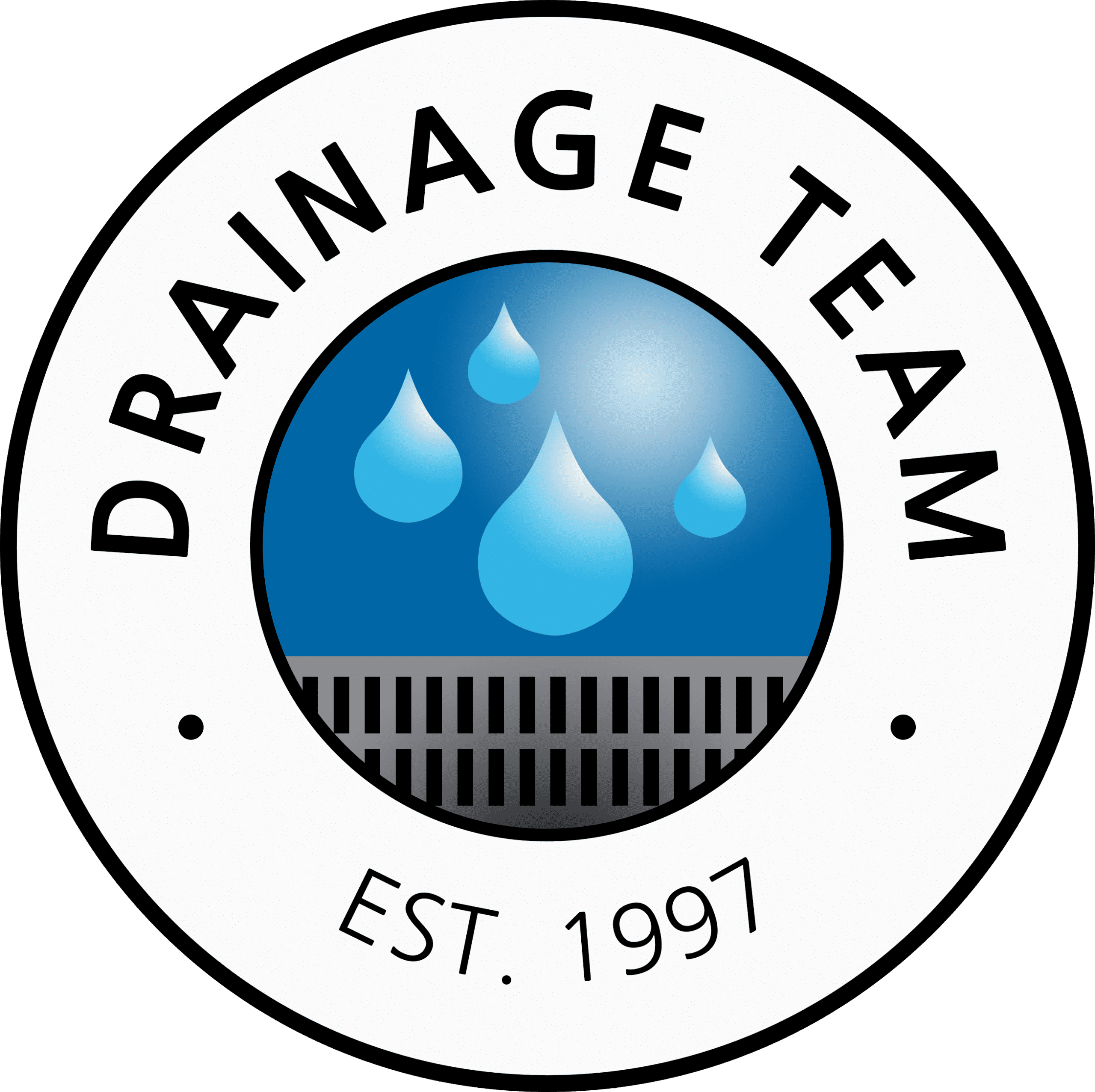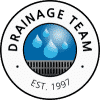Understanding the importance of various drainage systems can greatly enhance the durability and value of your property. These systems are designed to manage water flow and prevent damage to your home or business. Whether you live in a house or run a commercial enterprise, proper drainage protects the integrity of your property by directing water away from undesirable areas. A well-planned drainage system not only prevents flooding but also protects against soil erosion and foundation damage.
In St. Louis, where weather conditions can vary greatly, having a reliable drainage system is even more critical. Sudden rainstorms and seasonal changes can cause water to accumulate quickly, posing risks to homes and businesses. By installing an effective drainage solution, you safeguard your property from unexpected weather events and maintain a safer environment year-round.
Surface Drainage Systems
Surface drainage systems play a vital role in managing water on top of the ground. These systems work by diverting rainwater away from unwanted areas, using channels or slopes. One common example of a surface drainage solution is a system of swales. Swales are shallow channels designed to redirect water, often lined with grass or other vegetation, which also helps filter runoff and slow water flow.
Another effective surface solution is the drainage ditch. Ditches collect excess water and guide it toward larger drainage channels or retention areas. They are particularly useful in both urban and rural settings for preventing water from pooling in low-lying areas.
Benefits of these systems include reducing the risk of erosion and protecting plant life by ensuring that water is evenly distributed instead of allowing it to collect and create swampy areas. For both residential and commercial properties in St. Louis, surface systems can be crucial in managing the frequent rains, maintaining dry and usable outdoor spaces, and preserving landscaping.
Surface drainage systems are essential for immediate water management and long-term landscape stability. They provide a straightforward approach to controlling water on your property, ensuring that your surroundings remain dry, safe, and functional. By choosing an appropriate system, you can effectively protect your property from water damage and maintain the usability of your outdoor spaces.
Subsurface Drainage Systems
Subsurface drainage systems focus on dealing with water that accumulates below the surface. These systems are particularly useful for properties that suffer from persistent water retention, which can cause problems like soggy lawns or basement flooding. The primary function is to capture underground water and divert it away from the home or business foundation.
Among the popular subsurface options are French drains and perforated pipes. French drains are trenches filled with gravel that contain a perforated pipe at the bottom. This pipe collects and channels water away from areas that are prone to flooding or excess water buildup. The gravel helps to filter out debris, while the pipe efficiently transports water to a safe location, such as a stormwater basin.
Perforated pipes work similarly but are installed directly underground without the additional trench. They are useful in areas where groundwater consistently rises, providing an easy path for the water to follow, thus preventing damage to foundations and keeping basements dry.
These systems are invaluable for maintaining a clean and dry environment around buildings. Ensuring the stability of structures and the safety of occupants, subsurface drainage provides an essential service, particularly in areas with clay-heavy soil like St. Louis.
Slope Drainage Systems
Slope drainage systems are perfect for properties that aren’t flat, using gravity to naturally direct water away. These systems incorporate man-made slopes or natural contours to guide water downhill, protecting elevated structures from water damage.
By using devices like berms and unique contour drains, these systems can significantly reduce the risk of water erosion and accumulation in valleys and dips around a property. A berm is a small hill or ridge, usually made of compacted soil, that redirects water flow, whereas contour drains are channels that follow the land’s natural shape, making them effective for managing large water flows.
The applications of slope drainage are particularly significant in areas with varying topography. In St. Louis, with its rolling terrain, slope systems ensure that rainwater efficiently drains from areas susceptible to pooling, minimizing erosion and maintaining landscape integrity. They are practical for both large and small properties, depending on the needs of the land.
Protect Your Property with the Right Drainage System
Choosing the right drainage system can have significant long-term benefits for any property. From managing surface water to ensuring the stability of subsurface conditions, each system plays a role in protecting structures and landscapes. Understanding these different systems can help property owners make informed choices.
For homeowners and business operators in St. Louis, where weather patterns can be unpredictable, considering the unique demands of your location is key. By looking at options that suit your land’s needs and consulting with professionals, you can ensure that your property remains safe from potential water-related issues, providing peace of mind irrespective of the season or weather condition.
To keep your property in top shape, consider professional help for your drainage needs. Ensuring effective water management can protect your home or business from unexpected weather challenges. Explore how Drainage Team can offer suitable solutions tailored to your specific landscape needs. Trust their expertise to guide you in choosing the best systems to maintain your property’s safety and longevity.





